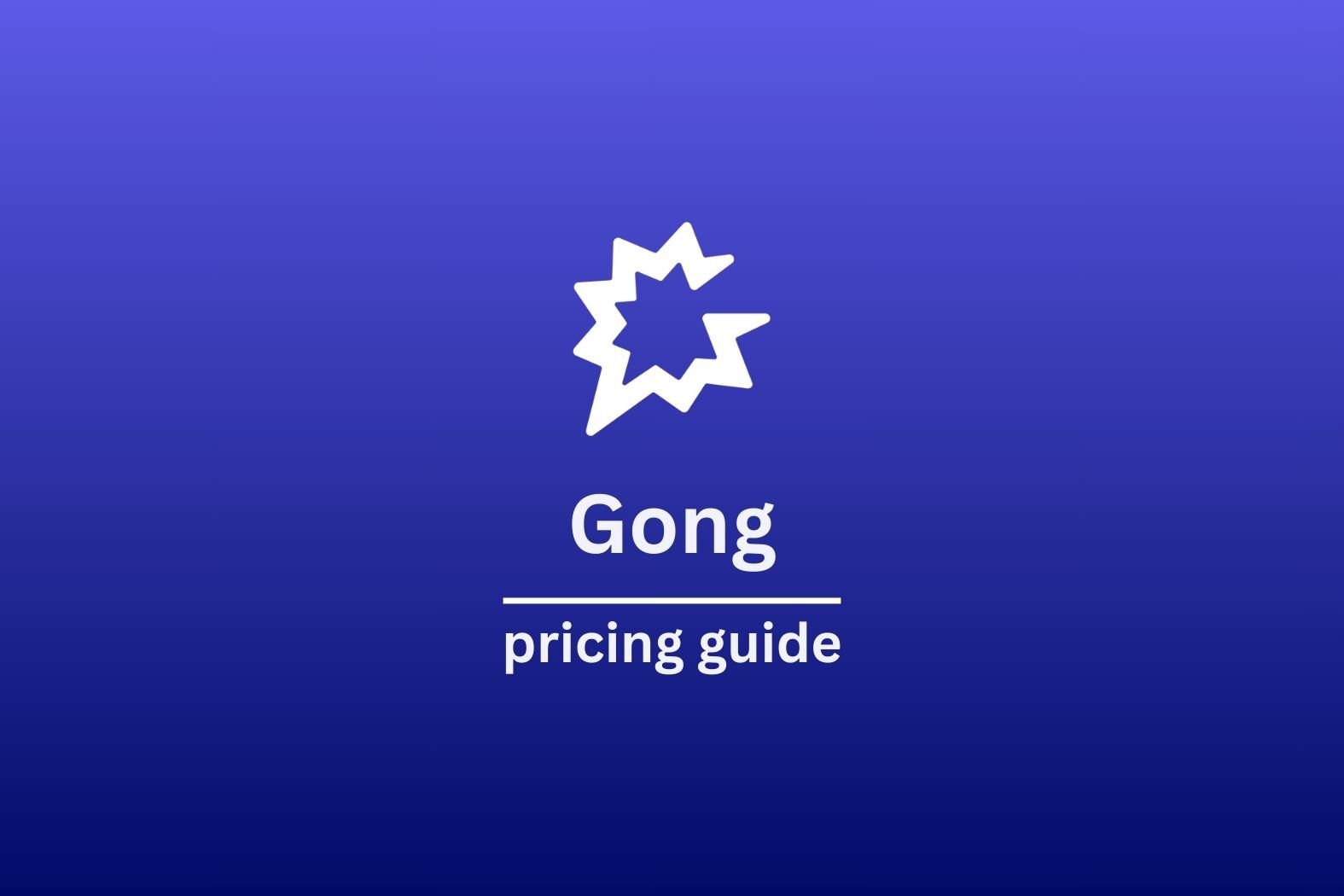The most important component of your testing strategy is without a doubt the discussion guide for user interviews. It will be a route map that leads you to the discoveries you need and ensures that your research interview sessions are successful. There are many different discussion guides available, some of which may be rigid scripts to follow precisely, while others might be loose outlines meant to serve as a quick reference tool for the researcher. Their objective is to keep research-focused and moving towards the research objectives you’ve set out, regardless of whether they’re strict or loose outlines intended to serve as a quick reference tool for the researchers.
Step By Step Process For Writing User Interview Discussion Guide

1. Define Your Research Goals
To start, you’ll need to figure out what your user research goals are. It will be difficult to go forward in creating an effective discussion guide without this fundamental basis. So take some time to sit down and think about what you want to achieve from the interviews. How will the findings help you make better product choices? You may begin working on a strategy for how to get there once you have a clear idea of your objectives.
2. Choose Your Target Audience
The next stage is to figure out who you want your target audience to be. This will assist you in determining the sorts of questions you should ask and what subjects to cover. Keep in mind that you don’t have to talk with everyone in your target market; a smaller, more focused group might be more successful. It’s time to start thinking about how to contact those people now that you’ve decided who you’ll be talking with.
3. Develop Your Questions
After you’ve determined your research goals and target audience, it’s time to start developing your questions. The types of questions you’ll want to ask will depend on what you’re hoping to learn. But in general, you’ll want to focus on both broad, open-ended questions that can help generate new ideas as well as more specific, probing questions that can help validate hypotheses. As you’re developing your questions, it’s also important to keep in mind how they’ll fit into the overall flow of the conversation. You don’t want to come off as interrogating or overly scripted — instead, try to structure the discussion in a way that feels natural and organic.
4. Decide On The Format Of Your Guide
Now that you’ve organized your inquiries, it’s time to start thinking about the structure of your discussion guide. There are a few distinct possibilities, some of which are more like scripts and others that are more like outlines. It all depends on your personal preferences as well as the demands of your project in general. On the whole, though, maintaining a balance between flexibility and structure is essential. You need enough leeway to explore unexpected avenues of conversation, but you also don’t want to stray too far off course.
5. Write An Introduction
It’s time to begin writing once you’ve chosen the structure of your manual. Start with a statement that establishes the context for the conversation. It’s also a good idea to include a brief description of your involvement in the study and how the interviewee may expect to interact with you during the session.
6. Write Out Your Questions
After the introduction, it’s time to start writing out your questions. As you do so, keep in mind the overall flow of the conversation — you want to make sure that each question builds on the last in a way that feels natural and organic. In addition, try to leave some room for follow-up questions. This will give you the flexibility to explore unexpected topics that come up during the course of the conversation.
7. Include Any Additional Materials
In some cases, it may be helpful to include additional materials in your discussion guide. For example, if you’re planning on showing the interviewee a prototype of your product, you’ll want to make sure to include instructions on how to do so. Or if you’re going to be asking them to complete a task, you’ll want to include all the necessary information and materials upfront. By including these sorts of things in your guide, you can help ensure that the conversation stays focused and on track.
8. Thank Your Participants
After you’ve completed writing your manual, take a few moments to thank your participants. This is an excellent moment to emphasize the goal of the study as well as your appreciation for their time and eagerness to assist. It’s also beneficial to include a section on how they may contact you if they have any questions or concerns.
9. Edit And Finalize Your Guide
Once you’ve written out your guide, it’s important to take a step back and edit it. This is a good opportunity to check for any typos or grammatical errors. It’s also helpful to read it over from the perspective of your target audience. Would the questions make sense to them? Are there any areas that need clarification? By taking the time to edit your guide, you can help ensure that it’s as clear and concise as possible.
10. Test Your Guide
Before you start using your guide in actual user interviews, it’s always a good idea to test it out first. This will help you catch any errors or ambiguity that might have slipped through. To do this, simply run through the guide with a friend or colleague. Have them ask you questions and give you feedback on how it went. This is a great way to get some practice as well as to identify any areas that need improvement.
11. Test Your Guide With A Few Users
After you’ve tested your guide with a friend or colleague, it’s time to take it for a spin with some actual users. This will help you get a better sense of how it works in the real world and identify any areas that need improvement. To do this, simply run through the guide with a few users. Have them ask you questions and give you feedback on how it went. This is a great way to get some practice as well as to identify any areas that need improvement.
12. Debrief After Each Interview
After each user interview, it’s important to debrief your team. This is a good opportunity to discuss what went well and what could be improved. It’s also helpful to identify any themes or patterns that emerged during the course of the conversation. By debriefing after each interview, you can help ensure that your team is on the same page and that your research is as effective as possible.
13. Revise Your Guide Based On Feedback
Once you’ve tested your guide with a few users, it’s important to revise it based on their feedback. This will help ensure that it’s as effective as possible. To do this, simply go through the guide and make any changes that you think are necessary. Be sure to test it out again with a few users before you start using it for actual user interviews.
14. Use Your Guide In Future User Interviews!
After you’ve written, edited, and tested your manual, it’s time to start using it in real user interviews. Keep in mind that the objective is for there to be a balance between flexibility and structure when utilizing your resource. You want to be able to explore unusual topics if need be, but you don’t want to stray too far off track. Using these ideas will help guarantee that your user interviews are effective and informative.
Tips for Writing an Effective User Interview Discussion Guide

1. Start With Your Research Goals In Mind
When you sit down to write your user interview discussion guide, keep in mind your research goals. What do you want to find out about your users? What kind of knowledge will be most beneficial? You can help guarantee that your document is focused and informative by keeping your objectives in mind.
2. Keep It Concise
Your user interview discussion guide doesn’t need to be long or complicated. In fact, it’s often better to keep it short and sweet. The goal is to strike a balance between providing enough information to keep the conversation on track and avoiding overwhelming your participants.
3. Be Clear And Concise
When writing your user interview discussion guide, it’s important to be clear and concise. This will help ensure that your participants understand what you’re asking and can provide the information you need. If your questions are too long or complicated, your participants may have trouble understanding them.
4. Avoid Leading Questions
When crafting your questions, it’s important to avoid leading questions. These are questions that imply a certain answer or that guide the conversation in a particular direction. Leading questions can bias your results and should be avoided.
5. Structure Your Questions
When writing your user interview discussion guide, it’s important to structure your questions in a way that makes sense. This will help keep the conversation flowing and make it easier for your participants to understand what you’re asking. For example, you might want to start with more general questions and then move on to more specific ones.
6. Be Flexible
While it’s important to have a plan for your user interview, it’s also important to be flexible. Your participants may raise unexpected topics or issues that you hadn’t considered. When this happens, don’t be afraid to deviate from your planned questions. The goal is to have a productive conversation, not to stick to a script.
7. Take Note Of Nonverbal Cues
During your user interview, keep an eye on both spoken and nonverbal clues. Nonverbal signals, such as body language and tone of voice, may offer valuable insights into your participants’ emotions and opinions. You can gather a deeper understanding of how they’re feeling by paying attention to these cues.
8. Ask Follow-Up Questions
As you conduct user interviews, it’s critical to ask for follow-ups. This will help you gather more information and get a deeper grasp of your participants’ opinions. Follow-up questions may also aid in the clarification of any perplexing or ambiguous answers.
9. Let The Conversation Flow
When conducting a user interview, it’s important to let the conversation flow naturally. Don’t be afraid to explore tangents or unexpected topics that come up. The goal is to have a productive, informative conversation, not to stick to a strict script.
10. Be Respectful
Last but not least, it’s important to be respectful of your participants’ time and feelings. This means avoiding personal questions or sensitive topics. It also means being mindful of your body language and tone of voice. Remember, the goal is to build rapport and trust, not to make your participants feel uncomfortable.
By following these tips, you can help ensure that your user interviews are productive and informative. With a well-crafted discussion guide, you can ask the right questions and get the information you need to improve your product or service.
Conclusion
At the end of the day, a user interview discussion guide is an important tool for any researcher. It will assist you in keeping your discussions focused and on track, as well as identifying areas for improvement. You may create a user interview discussion guide that works for you and your team by following the guidelines outlined in this post.





